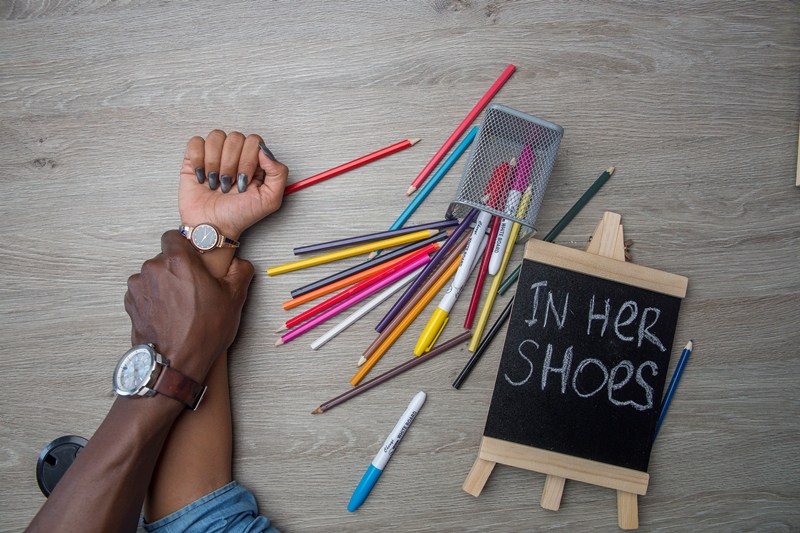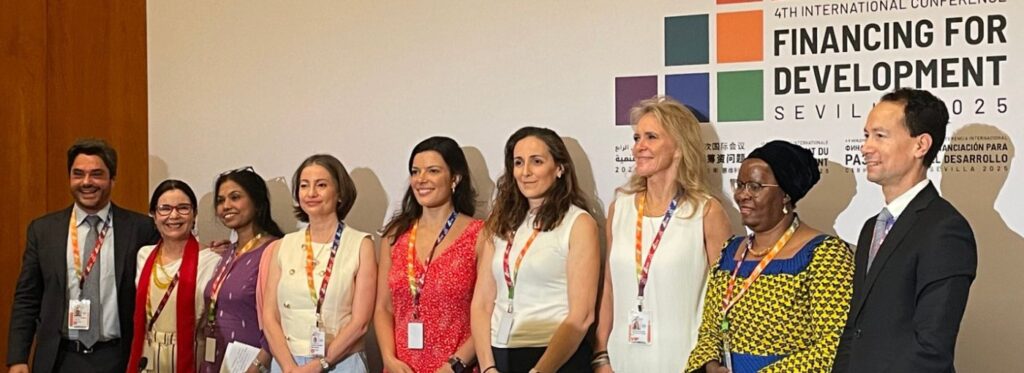By Imungu Kalevera
When the women of the world gathered in Beijing in 1995 they had one goal, to create a revolutionary document that would guide the fight towards gender equality for women all over the world. The Beijing Platform for Action remains, as intended, one of the single most revolutionary documents for women’s rights across the world.
In many ways the dream of the women who drafted this document is being achieved but sadly, for the most part the fight for gender equality in many parts of the world remains an uphill battle. The Beijing Platform for Action notes “The experience of sexual harassment is an affront to a worker’s dignity and prevents women from making a contribution commensurate with their abilities. The lack of a family-friendly work environment, including a lack of appropriate and affordable child care, and inflexible working hours further prevent women from achieving their full potential.” These observations could easily still be made today in a world that has yet to make all workplaces safe and conducive for women in all their diversity. It is only last year that the ILO convention on eliminating gender based violence in the world of work was passed. Currently, only Uruguay has ratified the document and the campaign to have other countries do so has been picked up by national, regional and global organisations.

Sexual harassment and gender based violence within the workplace continues to disproportionately affect women and recent awareness around this vice brought into global conversation through the #MeToo movement and the ILO convention finally promise a change in the tied. However, for majority of working women across the world, these breakthroughs remain far removed from them without localized interventions that meet them where they are.
Women form 47.7% of the workforce according to a 2019 World Bank estimate and as such, it only makes sense that some of the biggest conversations and actions towards gender equality should be modeled around and with the workplace in mind. This involvement of women in the workforce from a capitalist and neo-liberalist standpoint has been achieved by a number of factors including World War II that meant many men were killed or away at battle and could not work, structural adjustment policies in developing countries and the “women in development” language and political strategy adopted by donors in the mid to late 20th century. What is conspicuously common is the utilization of women as a means to and end and it comes as no surprise that while women were integrated into the workforce, this did not come commensurate with a systemic awareness and appreciation of women’s human rights. Because of this, women are over-represented in low skilled and low paying jobs, merely seen as a cog in the larger conveyor belt of production. Even in scenarios where women have accessed higher education and occupy senior roles in management, bias attitudes and pay inequality continue to plague them.
Admittedly, the next 25 years leave a lot of work to be done, but this time, done differently. The new world of work for women needs to combine a feminist approach to economic empowerment, a critique of the status quo, political goodwill, an appreciation and redistribution of unpaid care work as well as labor policies that preserve human dignity and quality of life: not just serving the power. Building on the work of the great women at Beijing and decent work interventions already existing, the next decades’ work needs to build the capacity of women in the workforce from a leadership and rights standpoint as well as creating global instruments and standards that entrench this feminist ideal in policy and legislation.
In the spirit of “Leave No One Behind”, these actions must run through every industry, in all geographic regions and at every level. The over- representation of women in unskilled, low paying roles is glaring within agriculture, horticulture, textiles and mining just to name a few. Often, these women also have a low level of literacy, live in rural areas and are located in the Global South. For safe work places to be a reality, high level policy conversations must be translated into the lives of these women with respect to their dignity. Through such efforts, the power battles that so often women lose will be a thing of the past.
Lastly, the new reality of work shaped through increased internet connectivity means that virtual workplaces, ‘gig economies’ and AI powered workplaces will be the new norm. This is the time for women’s human rights defenders and labour practitioners to examine what this new shift will mean for women’s rights and how do we still ensure the dignity of all workers without the confines of four walls to guide our interventions?




